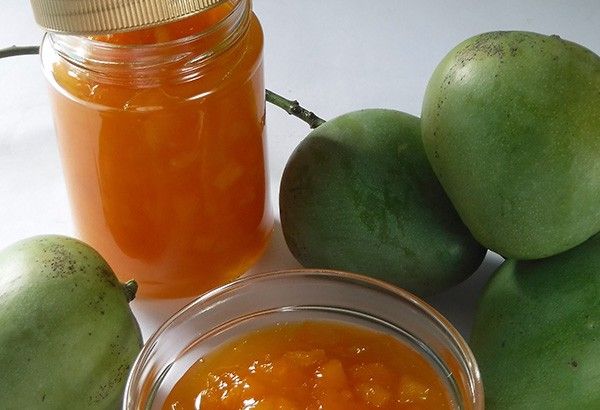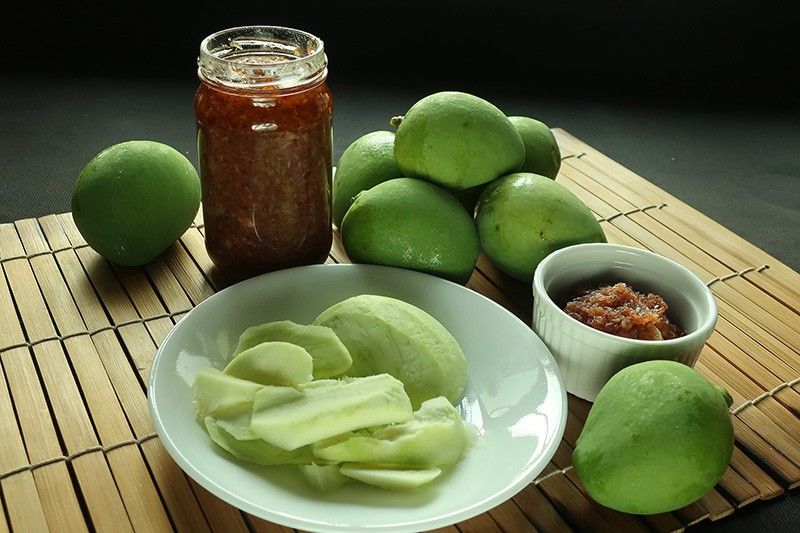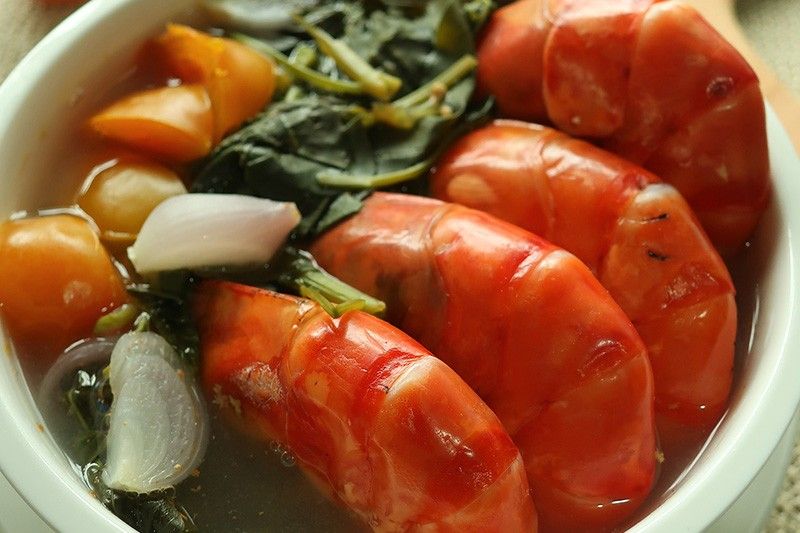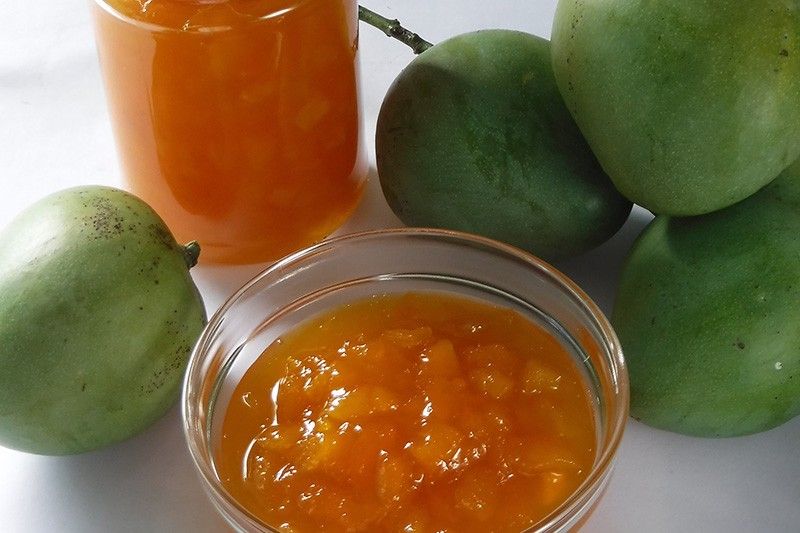Mango mania: 3 ways to enjoy Indian mangoes

MANILA, Philippines — It’s summertime, and it’s the season of Indian mangoes in the Philippines!
Smaller than Carabao mangoes and round, heart-shaped, kidney-shaped or oval, these local green mangoes are seldom sold per kilogram commercially, but is often picked right off trees in the neighborhood. Having an Indian mango tree in your backyard is a blessing, since it can yield so much fruit every summertime. All you need to do is pick fresh fruits from the tree and enjoy them the way you want to.
These local green mangoes also go by the name Katchamita. They are called Indian mangoes because of the country of their origin. This variant of mangoes is considered indigenous to southern Asia, particularly India and Myanmar, and is strongly connected with the folklore and religious ceremonies of India.
Since Indian mango season is between March and May in the Philippines, this is the best time to enjoy it in abundance. There are several ways to make the most out of Indian mangoes:

Fresh and raw with Bagoong
The best way to eat Indian mangoes is straight off the tree. Fresh and raw. Simply peel it and then cut the flesh into strips or thin, elongated slices. Remove the seeds and discard. Pick a strip with your fingers and use it to scoop a little bagoong alamang (shrimp paste) that has been cooked into a sweet-sour mash. Then take a bite or pop it into your mouth and chew away. The interplay of sweet, salty and sour in the mouth is simply marvelous.
You can buy bottled bagoong alamang for this purpose. Or you can make your own. It would be fun and so much more delightful when you make your own bagoong alamang. Simply buy half to one kilogram of fresh alamang from the market, and wash it well to make sure you rid it of impurities and you end up with a bagoong alamang that is not too salty. If you have pork fat, you can use this for your oil to make your bagoong alamang more flavorful and malinamnam. But if you prefer it light and healthy, you may omit the pork fat and use corn oil or vegetable oil instead.
If using pork fat, cook the pork fat in hot pan until oil is rendered. If using oil, simply heat it up in a pan, and sauté minced garlic, chopped onion and diced tomatoes (optional) for 5 minutes. Add alamang with 3 Tbsps. sugar and 3 tsps. vinegar. Stir, cover and cook over low heat for 10 to 15 minutes, stirring occasionally. Transfer to a bowl and let cool before bottling for storage or enjoying scoops upon scoops of it with Indian mango.

Hot bowl of Sinigang
Sinigang is a versatile Filipino dish because your protein can be pork, fish (bangus and maya-maya are the best choices), shrimps, or beef. The souring agent for this soup dish may also vary from sampalok (tamarind) to guava, batwan, mangoes.
Simply cook your sinigang the regular way—heat a little oil, stir-fry chopped garlic, quartered onions and fresh tomatoes cut into wedges until slightly wilted. Add pork, fish, shrimps or beef, and brown the meat. Fish or shrimps will take only a few minutes, or you may opt not to brown them anymore and, instead, add them raw to the water or stock later. Pour in water for the soup, add souring agent, cover and let boil. Adjust taste with seasonings. Add sliced radish and eggplants, okra, sitaw, and, lastly, kangkong leaves and soft parts of the stem. Lower heat, simmer for a few minutes.

Sweet jam
Make mango jam the way you would with carabao mangoes. Just replace the mango with Indian mango. Slice and scrape the flesh of 4 to 5 pieces of Indian mangoes into a big saucepan. Add 1 1/2 cups sugar and a tablespoon or two of lemon juice. Mix well, and let boil. Lower heat and simmer for about 30 minutes. Cook until of jam consistency. Let cool. Bottle and use as sandwich filling. You can also use it for making cakes, rolls and pastries.
RELATED: Easy-to-make Buko Pandan dessert



















